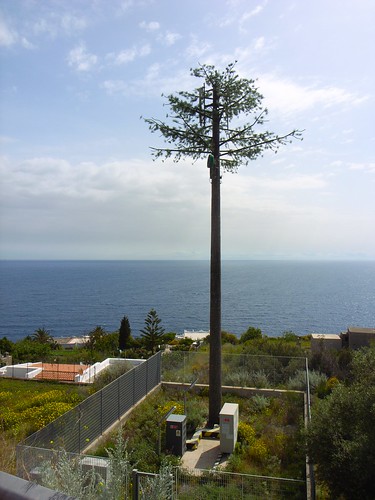One of the best novel I've read recently was The City and the City by China Miéville. Quick notes I've taken while reading it:
What struck me (as well as lots of other readers of course) as fascinating in this book was the role played by the cityscape in the whole narrative. The action takes place in the distinct cities of Besźel and Ul Qoma. However, both of them actually occupy the same physical space. It's the city and the city. Because the citizens chose this separation, Besźel and Ul Quoma are perceived by people as two different cities... which means that inhabitants are taught to "unsee" or "unhear" the persons from the other city:
"They knew I was in Ul Quoma: I could find them and could walk alongside them in the street and we would be inches apart but unable to acknowledge each other. Like the old story. Not that I would ever do such a thing. Having to unsee acquaintances or friends is a rare and notoriously uncomfortable circumstance."
Unseeing, as described above, is supposed to be unconscious. This ability is important because it doesn't mean that people would'nt notice anything (e.g. if you drive in Beszel, you have to be aware of Ul Qoma car presence but you must not see them). This of course means that this ability is taught very early to children and that each cities has its own peculiar design/color/shape/architecture. This "unseeing" process is so deeply grounded in the cities denizens that it almost act as a physical barrier.
The act of ignoring this separation, even by accident, is called "breaching". Illegal passage between the two cities or discussing with an Ul qoman citizen while being in Beszel can be qualified as "breach" (" Someone said graffiti were appearing on walls in Ul Qoma in styles that suggested Besźel artists."). But this is hard to do, as shown by this excerpt:
"An elderly woman was walking slowly away from me in a shambling sway. She turned her head and looked at me. I was struck by her motion, and I met her eyes. I wondered if she wanted to tell me something. In my glance I took in her clothes, her way of walking, of holding herself, and looking.
With a hard start, I realized that she was not on GunterStrász at all, and that I should not have seen her.
Immediately and flustered I looked away, and she did the same, with the same speed. I raised my head, towards an aircraft on its final descent. When after some seconds I looked back up, unnoticing the old woman stepping heavily away…"
Besides, the fact that the twin cities exist in the same physical space leads to highly curious topological problems... such as the intriguing typology of places:
- Total areas: locations which are entirely in one of the two cities
- Alter areas: locations which are entirely in the other city (as a resident of your city, you would have to ignore it).
- Crosshatched areas: places where inhabitants of both cities walk alongside one another (unseeing each other). Most of the crosshatched areas have different names depending on which city you're in. However, some crosshatched locations (such as Copula Hall) have the same name in both city as this place plays the role of a border between the two towns.
- Dissensi: "As the two cities had grown together, places, spaces had opened between them, or failed to be claimed, or been those controversial dissensi". This is perhaps the most curious
And this is just part of the remarkable vocabulary that the author employed to create this odd geography. See also "fractured city boards", "Schrödinger's pedestrian", "maybe-grosstopic proximity", not to mention Orciny (I don't want to spoil anything about this).
Why do I blog this? I am currently preparing a workshop (planned to be conducted in Zürich at the end of the week) and I wonder whether I could use this spatial typology in the design brief (to engage students in designing locative media based on this universe). Despite the importance of spatiality in this novel, it's curious to see that the various covers do not try to pick on that. I would have been intrigued to see how the cities could have been represented visually.
 Interface simplicity at its best.
Interface simplicity at its best.



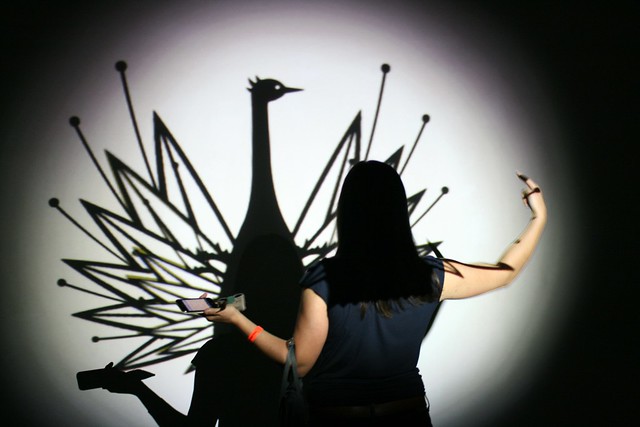




 Design failures and recurring non-products is of course a favorite topic of mine. Hence, a paper entitled "
Design failures and recurring non-products is of course a favorite topic of mine. Hence, a paper entitled " A chalk map found on a wall in Paris last Monday. An interesting example of a temporary object employed for specific purposes.
A chalk map found on a wall in Paris last Monday. An interesting example of a temporary object employed for specific purposes.
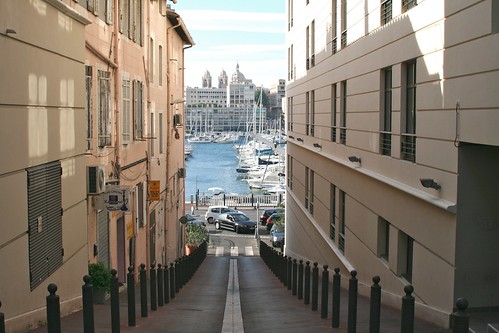







 Anyone interested in robots and networked objects in multi-functions artifacts may be intrigued by this gorgeous AM/FM restroom radio with telephone that I ran across at the flea market the other day.
Anyone interested in robots and networked objects in multi-functions artifacts may be intrigued by this gorgeous AM/FM restroom radio with telephone that I ran across at the flea market the other day.
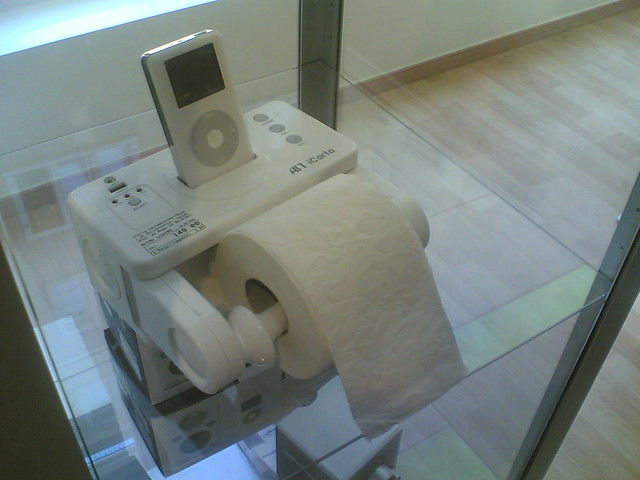





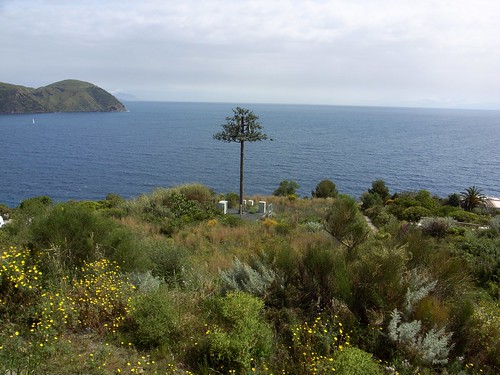 The ubiquitous presence of cell phone towers in urban and rural landscapes have led to protestation against their visual presence (the ugly mast/transmitter aesthetics) and their electromagnetic waves (which are invisible). A side-effect of people's "need" for uninterrupted connectivity, the design and building of phone towers is now influenced by various strategies. One of them consist in the use of camouflage techniques... and obviously the "natural" metaphor plays an important role here, as attested by these examples encountered in Lipari, Sicily last week.
The ubiquitous presence of cell phone towers in urban and rural landscapes have led to protestation against their visual presence (the ugly mast/transmitter aesthetics) and their electromagnetic waves (which are invisible). A side-effect of people's "need" for uninterrupted connectivity, the design and building of phone towers is now influenced by various strategies. One of them consist in the use of camouflage techniques... and obviously the "natural" metaphor plays an important role here, as attested by these examples encountered in Lipari, Sicily last week.